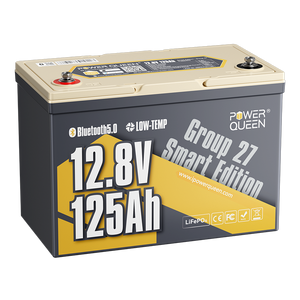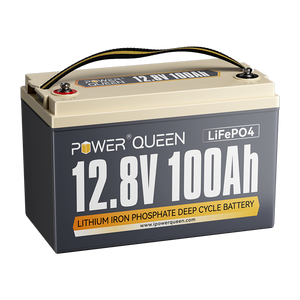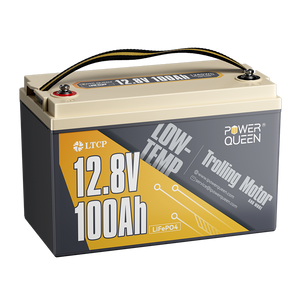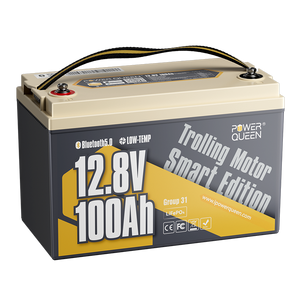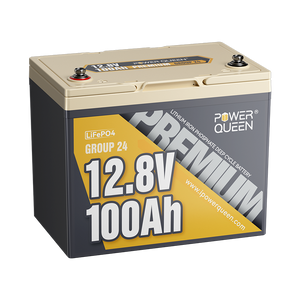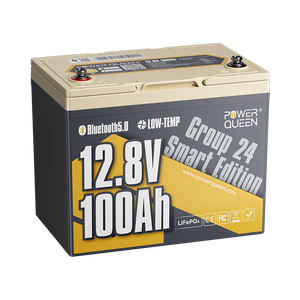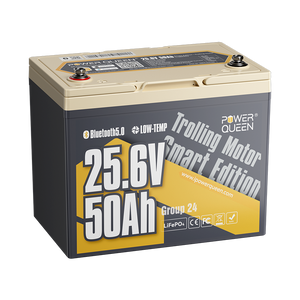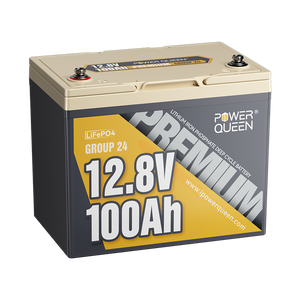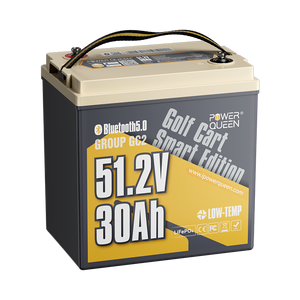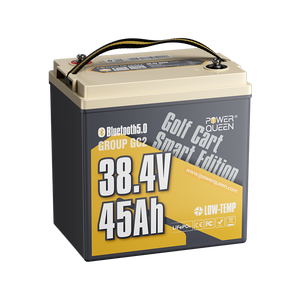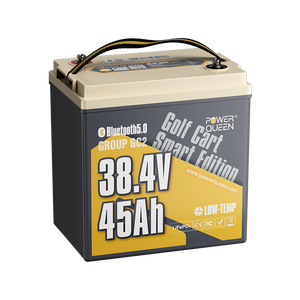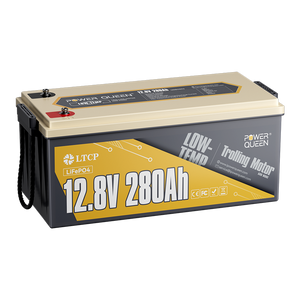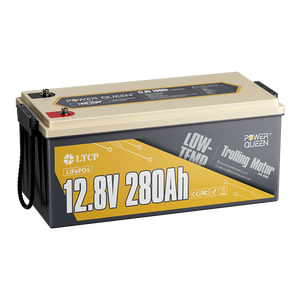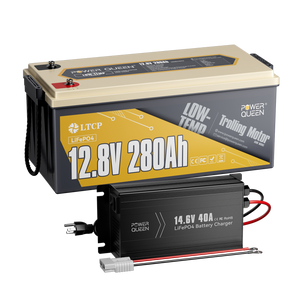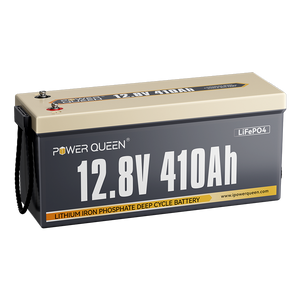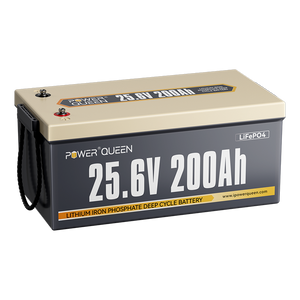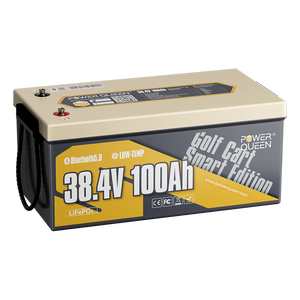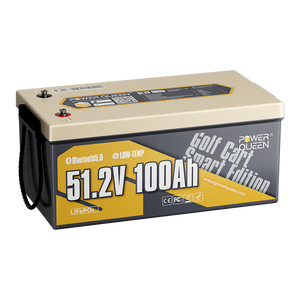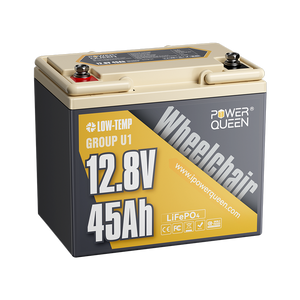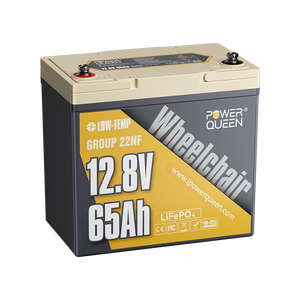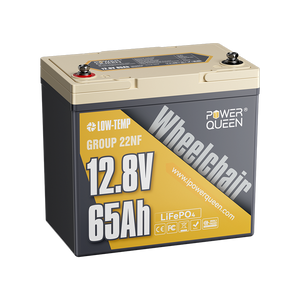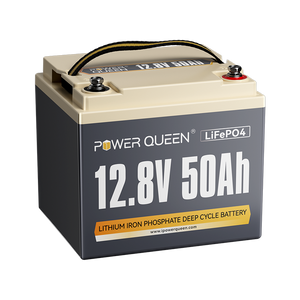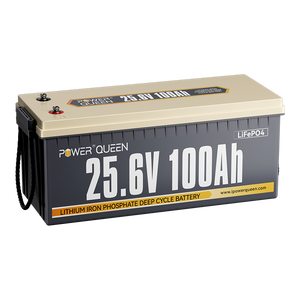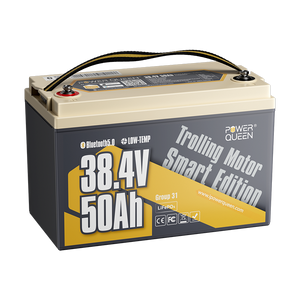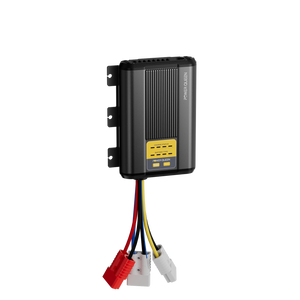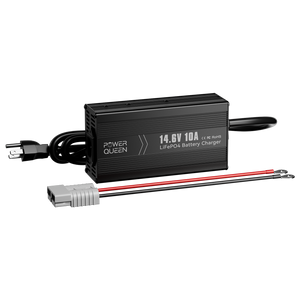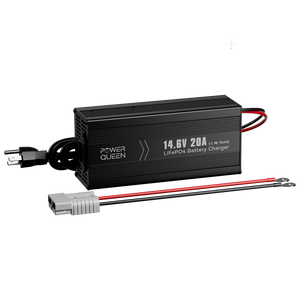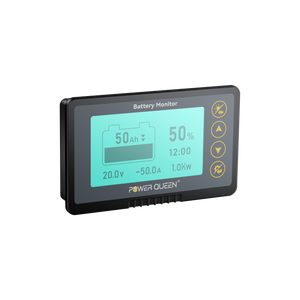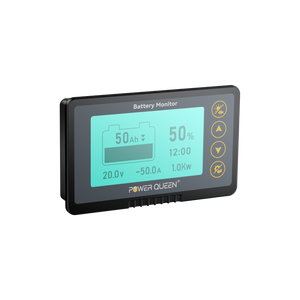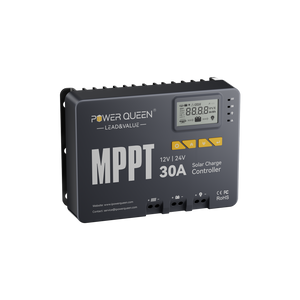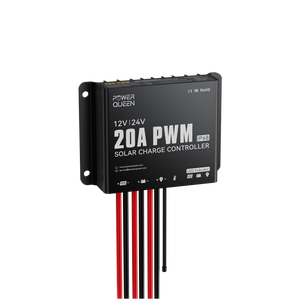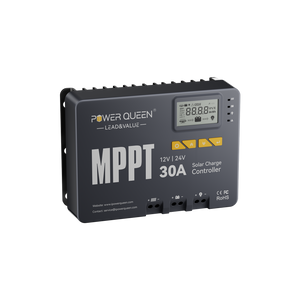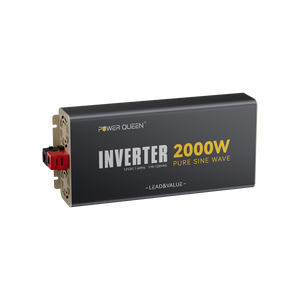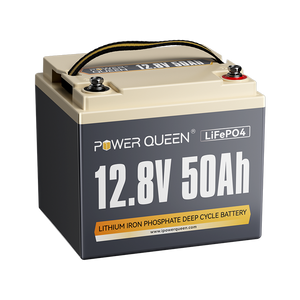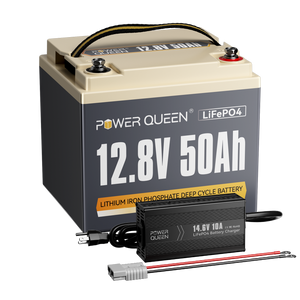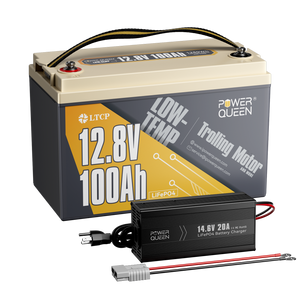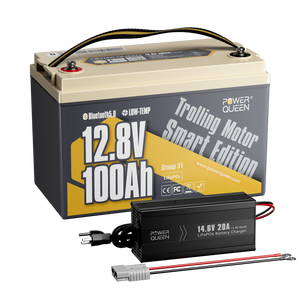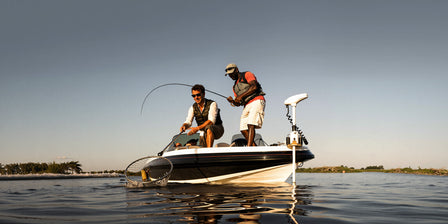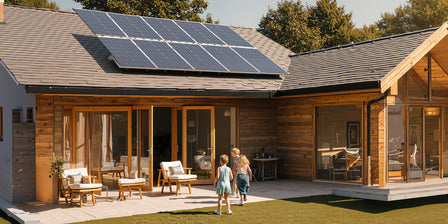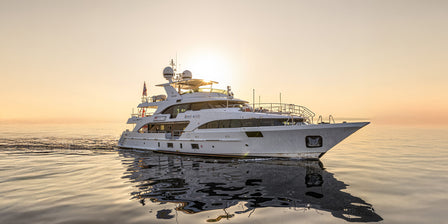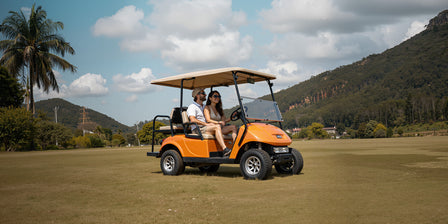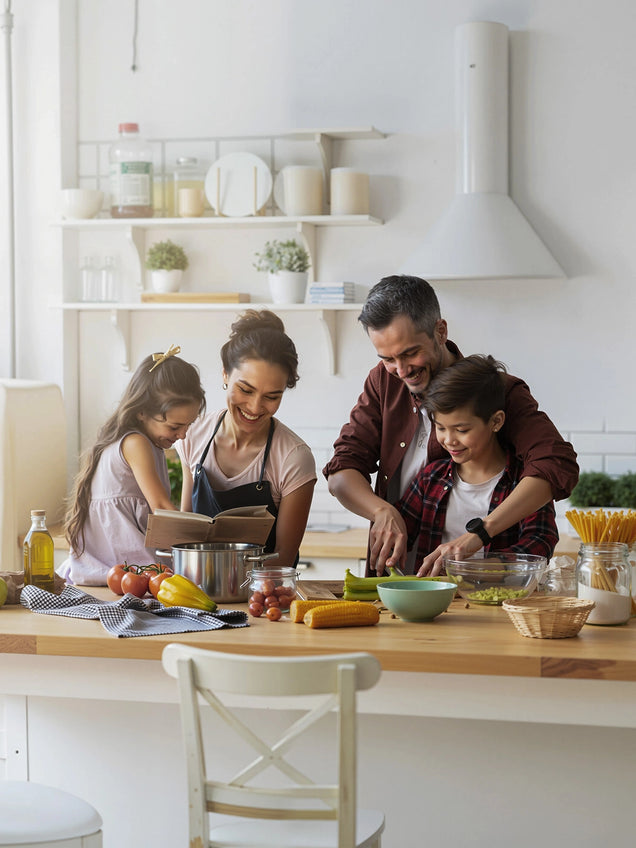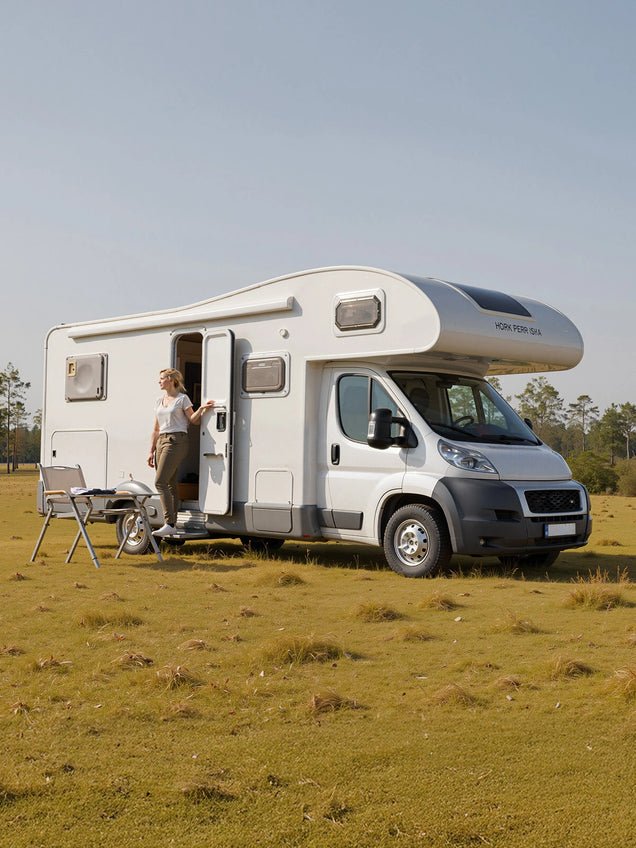[Full Guide] What Are The Different Types Of Marine Batteries
When it comes to marine batteries, there are essentially four chemical types: lithium, gel cell, AGM (Absorbed Glass Mat), and wet cell. While the lithium batteries differ from the others, the rest are all lead-acid based. In terms of purpose, there are three main categories: starter, deep cycle, and dual purpose. With the multitude of options available, selecting the right marine battery can be overwhelming.
However, fear not, we are here to guide you through the process. In the following sections, we will break down the various types of marine batteries, providing you with the knowledge to make an informed choice before embarking on your battery shopping journey.
Categories of Marine Batteries
There are three main types of marine batteries: starter, deep cycle, and dual purpose. Each type is designed to perform a specific function.
Starter battery: Marine starter/starting batteries are designed specifically to deliver a high burst of power to start the boat's engine. They have a large number of thin lead plates, which provide a high surface area for the chemical reactions that produce electricity. These batteries are not intended for deep discharge cycles but rather for short bursts of high energy. Marine starting batteries are commonly used in boats that have a separate battery for starting the engine and a separate battery for powering accessories.
Deep Cycle: Deep cycle marine batteries, on the other hand, are designed to provide a steady and reliable power source over an extended period of time. They are built with thicker lead plates, which allow for a slower discharge rate and longer cycle life compared to starting batteries. Deep cycle batteries are commonly used for trolling motors, on-board electronics, and powering large electrical loads for an extended time, such as during overnight camping trips on a boat. These batteries are designed to handle repetitive and deep discharges without suffering significant damage. Currently, all of Power Queen’s batteries are deep cycle.

Dual Purpose: Dual purpose marine batteries are a combination of starting and deep cycle batteries. They are intended to provide both the high cranking power needed to start an engine and a deep cycling capability for running onboard accessories. Dual purpose batteries are designed with a balance between the thin starter battery plates and the thicker deep cycle plates. While they don't excel in either starting or deep cycling performance compared to dedicated batteries, they offer a compromise for boats with limited battery space. Dual purpose batteries are commonly used in smaller boats or applications where a single battery must perform both starting and deep cycle duties.
Types of Marine Deep Cycle Batteries By Chemistry
There are several types of marine deep cycle batteries available based on their chemistry. Some common types include lead-acid battery and lithium (LiFePO4) battery.
1.Lead Acid Battery
Lead acid batteries are the most commonly used type in marine applications. These batteries use a liquid electrolyte and come in different varieties such as flooded lead acid batteries and AGM (Absorbent Glass Mat) batteries.
Lead acid batteries are one of the oldest types of marine batteries, consisting of lead plates and acid. Flooded lead acid batteries (FLA) require periodic water addition, making them less ideal for marine use. A major drawback of lead acid batteries is their bulkiness and weight, with each battery weighing around 80 lbs. This makes them cumbersome and adds additional weight to the boat. Furthermore, lead acid batteries have the slowest charging time compared to other types.
AGM and gel lead acid batteries offer some improvements over FLA batteries. They have a lower self-discharge rate and are spill-proof. However, they still have a low capacity to size ratio, meaning they don't offer as much power in a compact size.
Despite these disadvantages, some people choose lead acid batteries due to their affordability, especially FLA batteries. However, the cheaper price is offset by the need for frequent battery replacements. Most lead acid marine batteries tend to last only around 2 to 4 years.
2.Lithium Marine Battery
Another type of marine deep cycle battery is the lithium battery, which utilizes a different chemistry known as lithium iron phosphate (LiFePO4) battery. This type of battery solves the issues commonly faced by lead acid batteries. LiFePO4 batteries are smaller, lighter, and have a longer lifespan. They also charge at a faster rate.
Benefits of Using Lithium Marine Battery
Lighter in Weight
By switching to lithium marine batteries, you can reduce the weight of your boat's battery by up to 70%.
A traditional 12V 100Ah lead-acid battery weights about 60-70lbs, while a Power Queen 12V 100Ah mini weights only 19 lbs.

Maintenance Free
One significant advantage of lithium batteries is their mainenance-free feature. Tired of adding water to your lead acid battery? LiFePO4 batteries do not leak and do not require any maintenance, allowing you to spend more time enjoying your boating activities. Additionally, lithium batteries provide consistent output, even when partially discharged. This means that your trolling motor and other gadgets will perform just as well at the end of the day as they did at the start.
Safety
Lead-acid batteries can be prone to internal shorts, damage from temperature fluctuations, and various issues caused by incorrect charging methods. It's worth mentioning that lead-acid batteries do not come with a built-in battery management system (BMS) to monitor their performance and offer additional safeguards.
On the other hand, LiFePO4 lithium batteries are equipped with a BMS that provides protection against short-circuits, over-voltage, over-current, over-discharge, over-heating, and even low temperatures. This feature enhances safety and ensures the longevity of the battery.
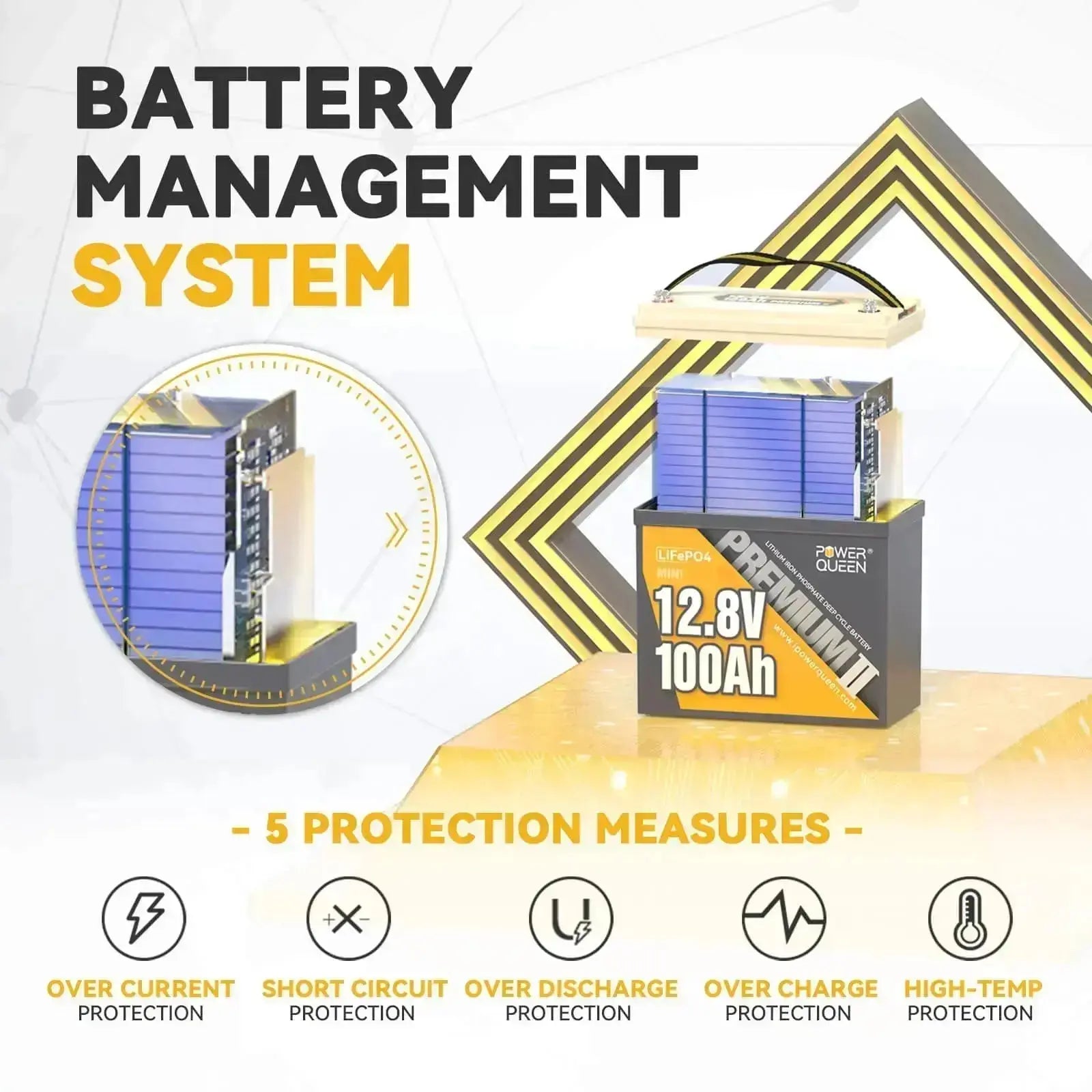
100% Depth of Discharge
Depth of Discharge (DOD) refers to the amount of a battery's capacity that has been used or discharged relative to its total capacity. It is typically expressed as a percentage. For example, a battery with a DOD of 50% has discharged half of its total capacity.
DOD is an important consideration for battery users because it affects a battery's performance and lifespan. Generally, deeper discharge levels can lead to increased wear on the battery and reduce its overall lifespan. Batteries that are regularly discharged to higher DOD levels may have a shorter lifespan compared to those discharged to lower DOD levels.
Unlike lead acid batteries, lithium batteries can be discharged below 50%, Power Queen’s LiFePO4 batteries has the Depth of discharge (DOD) rate up to 100% without damaging them.



This gives you more flexibility in using the battery's capacity without worrying about potential harm.
10 Years Lifespan
Lead acid batteries typically last for 3 to 5 years under normal usage conditions. However, their lifespan can be significantly reduced if they are frequently discharged deeply or subjected to harsh conditions. Gel batteries may have a slightly longer lifespan compared to flooded lead acid batteries.
On the other hand, LiFePO4 batteries with the life cycle 4000-15000 have a lifespan of around 10 years or more, with proper care and maintenance. They are designed to handle a greater number of charge and discharge cycles without significantly degrading their capacity. This makes them more durable and suitable for applications where frequent cycling is required, such as in marine deep cycle battery applications.
For long-term thinking, choosing LiFePO4 battery is a worthy investment.
FAQS about Marine Batteries
1.Can I use marine battery in a car?
Yes, you can use a marine battery in a car, but it may not be the most ideal choice. Marine batteries are designed to provide power for marine applications, such as powering trolling motors or running electronics on boats. They are typically deep cycle batteries, meaning they can handle frequent charge and discharge cycles.
Car batteries, on the other hand, are designed to provide a high burst of power to start the engine and provide limited power for the car's electrical systems. They are often referred to as starting batteries or cranking batteries.
While a marine battery can technically be used in a car, it may not be as effective in providing the necessary power for starting the engine consistently. Car batteries are specifically designed for reliable starts, so it is generally recommended to use a dedicated car battery for automotive applications.
2.Can I charge marine battery with trickle chargers?
Yes, you can charge a marine battery with trickle chargers. Trickle chargers are designed to provide a low and continuous flow of electrical current to a battery, which slowly charges the battery over time. They are commonly used for maintaining the charge of batteries during storage periods or when the batteries are not in use.
However, it's important to note that trickle chargers are not recommended for rapidly charging fully discharged marine batteries. In such cases, it's better to use a suitable charger with higher voltage and current ratings to ensure a quicker and more efficient charging process.
If you are using LiFePO4 lithium battery, learn how to charge LiFePO4 battery.
3.Can I charge my marine battery while it is still connected to the boat?
It is generally recommended to disconnect any loads or accessories from the battery before charging it. This ensures that the charging process is not interrupted and allows for accurate monitoring of the charging progress.
Choose Your Deep Cycle Marine Battery on Power Queen
Choosing the right marine battery is crucial for reliable power on your boat. Are you starting to see less power out of your marine batteries? It’s time to change a new battery. Look at Power Queen, we provide grade A cell LiFePO4 battery with more than 4000 cycles. If you have any questions, please contact service@ipowerqueen.com to ask.
